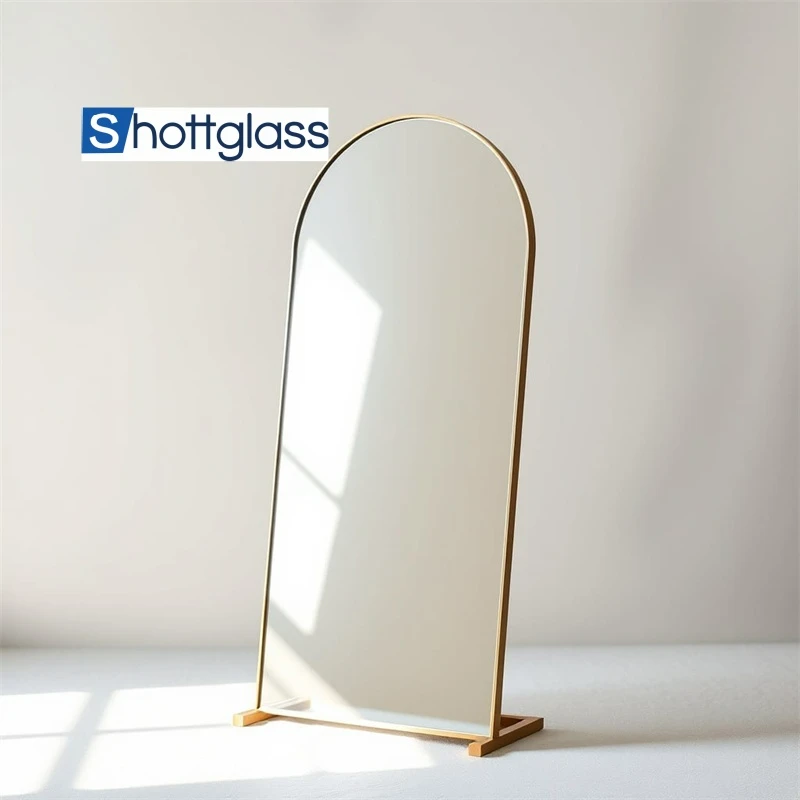Sep . 23, 2024 13:11 Back to list
Reflective Glass with Unique Surface Patterns for Stylish Interiors
The Elegance of Textured Mirror Glass A Reflection on Design and Functionality
In the ever-evolving world of interior and architectural design, materials play a crucial role in determining the aesthetic and functional qualities of a space. Among these materials, textured mirror glass has emerged as a captivating choice that seamlessly blends beauty and utility. This unique medium not only enhances the visual appeal of environments but also serves practical purposes that elevate any design project.
Understanding Textured Mirror Glass
Textured mirror glass is a type of glass that has been treated with various techniques to create distinct surface patterns, resulting in a unique reflective quality. Unlike traditional mirror glass, which offers a clear and unblemished reflection, textured mirror glass introduces a layer of complexity. Its surface can take on various patterns and textures, from subtle ripples to bold geometric designs, allowing designers to employ it in a myriad of creative ways.
The texture not only distorts the reflection, adding an artistic element, but it also softens the light that bounces off the surface. This quality makes it an excellent choice for creating a sense of depth and dimension in a space. Whether used in residential, commercial, or institutional settings, textured mirror glass serves as a versatile tool for enhancing surroundings.
Aesthetic Appeal
One of the most compelling reasons to choose textured mirror glass in design is its aesthetic versatility. This material can be integrated into various decor styles, from modern minimalism to bohemian chic. In contemporary designs, large panels of textured mirror glass can act as focal points, creating a striking contrast against solid colors and clean lines. The reflections produced invite viewers to engage with the space in intriguing ways, often making areas appear more expansive than they actually are.
In traditional or vintage setups, textured mirror glass can complement ornate furnishings and intricate detailing. The interplay of reflective surfaces with traditional elements contributes to a layered and multidimensional aesthetic. Furthermore, different textures can create illusions of movement and fluidity, making spaces feel more dynamic.
textured mirror glass

Functional Benefits
Beyond its visual allure, textured mirror glass provides several functional benefits. Its unique surface can help in reducing glare, making spaces more comfortable without sacrificing the natural illumination that mirrors typically provide. This makes it particularly valuable in environments that require abundant light, such as dining areas or workspaces.
Moreover, the textured surface is generally less susceptible to showing fingerprints and smudges compared to traditional mirror glass. This quality is particularly advantageous in high-traffic areas, where maintenance can often become a challenge. The longevity and resilience of textured mirror glass also mean that it often requires less frequent cleaning, making it a practical choice for busy environments.
Applications in Design
The application of textured mirror glass in design is as varied as its textures. In residential spaces, it can be utilized in bathroom mirrors, accent walls, or as decorative focal points in living rooms. In commercial settings, it can enhance the visual impact of retail displays, office environments, or hospitality venues. Architects and designers often incorporate it into facades or installations to reflect the surrounding landscape, creating a harmonious dialogue between the structure and its environment.
Furthermore, textured mirror glass can be layered with other materials—such as wood, metal, or fabric—to create stunning contrasts that highlight the unique qualities of each medium. This adaptability allows designers to push creative boundaries and explore new aesthetics.
Conclusion
Textured mirror glass stands out as a remarkable material in the realm of design, marrying form and function in a visually compelling manner. Its ability to manipulate light, create intriguing reflections, and add depth to spaces makes it an invaluable asset for designers and architects alike. As we continue to explore innovative and expressive ways to enhance our environments, textured mirror glass undoubtedly offers a reflective opportunity that should not be overlooked. Whether in homes, businesses, or public spaces, its captivating charm is sure to leave a lasting impression.
-
Mirror Glass: A Multifunctional Material in the Interweaving of Light and Shadow
NewsAug.20,2025
-
Laminated Glass: A Special Material That Safeguards Safety and Transparency
NewsAug.20,2025
-
Insulated Glass: The Ideal Choice for Building Energy Efficiency
NewsAug.20,2025
-
Frosted Glass: The Perfect Fusion of Hazy Aesthetics and Practical Functionality
NewsAug.20,2025
-
Coated Glass: A Fusion of Functionality and Aesthetics in Modern Decoration
NewsAug.20,2025
-
Clear Float Glass: A Transparent Aesthetic Carrier in Modern Decoration
NewsAug.20,2025
Related PRODUCTS














